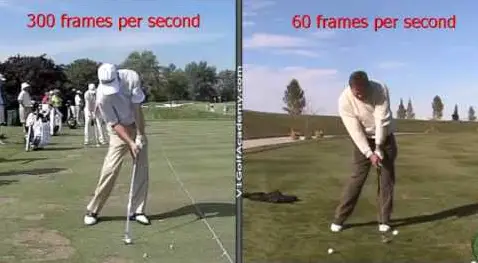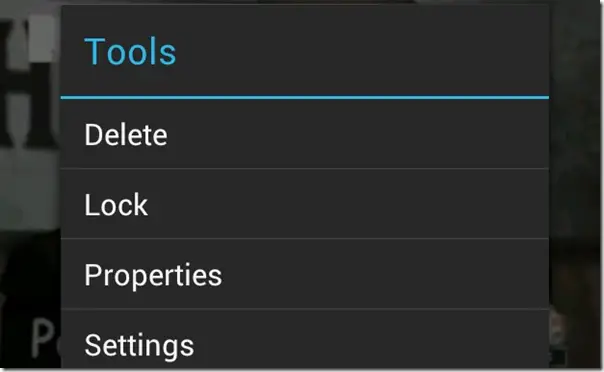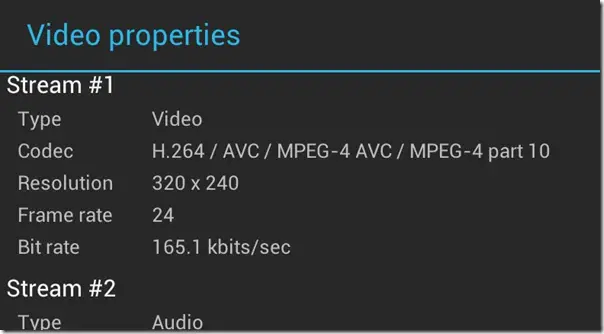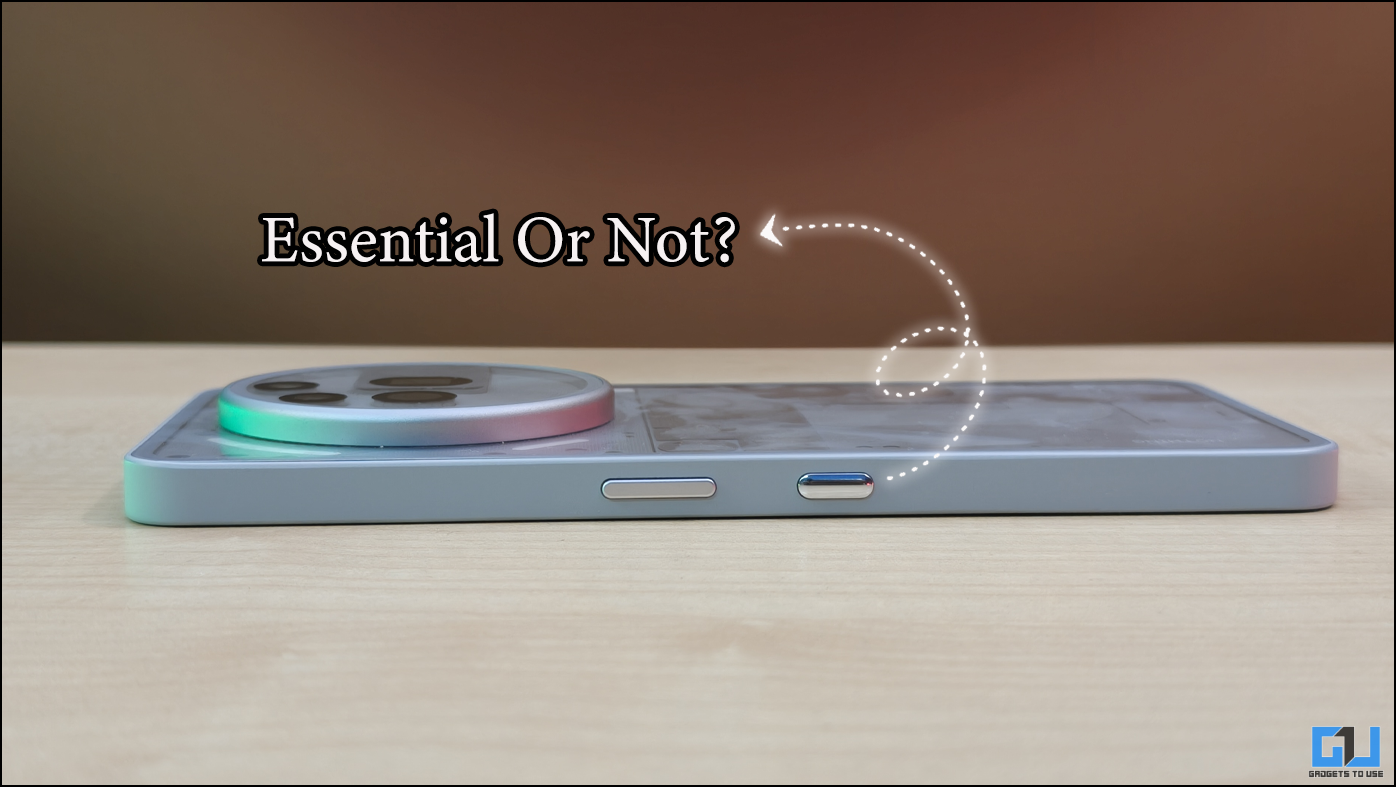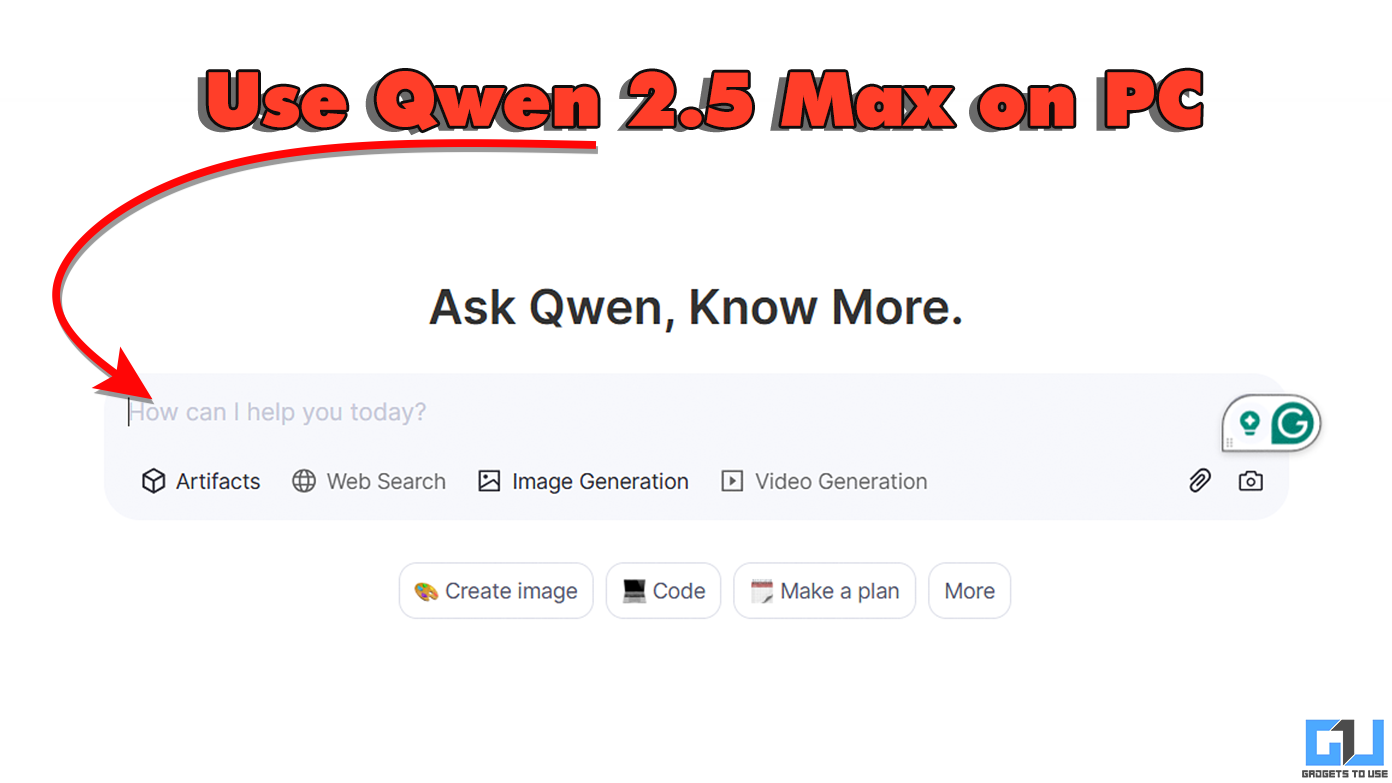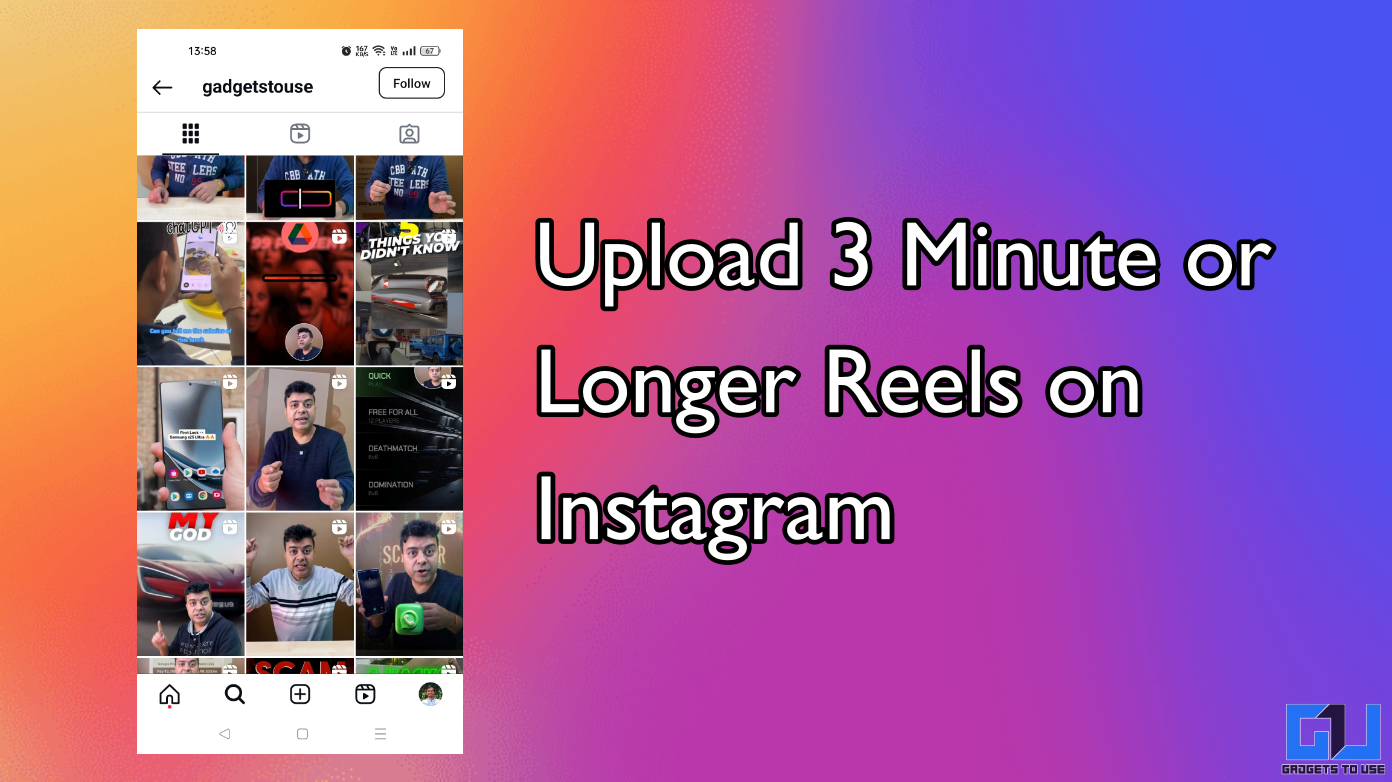Quick Answer
- The second reason is that games offer an Instantaneous moment of time which cannot be blended as continuously as in motion pictures (which uses fast moving shutters for capturing videos) there is no interval where motion frames are blended into one another and thus a higher frame rate is even more necessary to avoid motion blur.
- It will take more than twice the time to view the recorded video and you will see slow motion effect using which you can analyze the action captured in the video better.
- If I record 12 frames per second and project/play it at 24 frames per second it will be covered in half as much time and the result will be fast motion.
While talking about camera specifications, one thing that you will often come across is the word FPS. FPS is an acronym for Frames per Second and tells you how many images your camera will take per second to make them appear as a motion picture. Let’s explore it a little further.
When our eyes are exposed to various changing images at a very fast rate, it can’t distinguish them individually and you see continuous Motion picture effect. Our eyes can be fooled with a speed of 16 FPS, but the standard frame rate used in movies is 24 FPS. A higher frame rate will reduce motion blur from fast moving images and will give you better quality crisp video.
How many Frames per Second do High Definition Videos have?
A trend has been set and the videos in theater play at 24 FPS, this was initially done so as to strike a balance between quality and cost. The higher FPS camera’s back in the day used to be pretty heavy and the cost of shooting pretty expensive. With the advancement in technology this is soon expected to change.
Various television standards have different defined Fps rate, which lies in the range of 24 to 60 FPS. TV standards like NTSC use 59.94 FPS for HD videos. The HD videos will definitely look smoother at 60 FPS
Our eyes have however been trained to watch HD videos at 24 Fps and a higher frame rate may appear as odd or lower quality for most people. The Hobbit movie released recently played at 48 fps and it took some getting used to. You can compare 15 FPS VS 30 FPS VS 60 FPS by by clicking on the Linked text.
When do we need High Fps?
Recording Videos at higher Frame rate is more taxing on your system resources. But if you say, record 100 FPS and then project it at 24 FPS. It will take more than twice the time to view the recorded video and you will see slow motion effect using which you can analyze the action captured in the video better.
This effect is used in Video recordings where you have to capture fast events like explosions and analyze them in slow motion. In Sports also, where slow motion play back is often used, camera’s capable of recording at greater FPS are used.
Similarly if you record at a lower FPS rate and your player projects your recordings at higher FPS the result is fast motion. If I record 12 frames per second and project/play it at 24 frames per second it will be covered in half as much time and the result will be fast motion
Motion pictures 30fps vs. 60fps [Video]
Why Games are considered smooth only a higher FPS rate around 60 FPS?
While playing a game when you press a control it takes some very small amount of time for your actions to be recognized and executed. This wait is as long as the next loop is executed in the game code which considers the changes etc from one frame to another. This wait can be up to 42 ms for 24 FPS and up to 16 ms for 60 FPS. This is significant difference and your games are more responsive at 60 FPS.
The second reason is that games offer an Instantaneous moment of time which cannot be blended as continuously as in motion pictures (which uses fast moving shutters for capturing videos) there is no interval where motion frames are blended into one another and thus a higher frame rate is even more necessary to avoid motion blur. The games also involve active participation which makes it easier to notice blur
Sleeping Dogs – 60 FPS vs 30 FPS in Gaming[Video]
How to know the Frame rate of your smartphone Camera
If you are curious to know what frame rate your device is using and also to know the frame rate of various other downloaded videos. You will notice that
Step 1: Download MX Player from Playstore (Free)
Step 2: Select the video you want to analyze and play it. This can be a downloaded video or the one shot from your Camera.
Step 3: press the list/menu button (next to the Home key) and select Tools from the list
Step 4: Now select properties from the list and check the More checkbox
Step 5: You can now check the frames per second in the listed video properties. You can also check the resolution of your recorded Videos. HD videos have 720 x 1280 Pixel resolution.
As far as Camera specs are concerned around 30 FPS will work fine for you. 24 FPS is worldwide standard for movie theaters, a trend that might change soon. 48 FPS and 300 FPS is used for slow motion photography and lower frame rates are used for time lapse photography.
